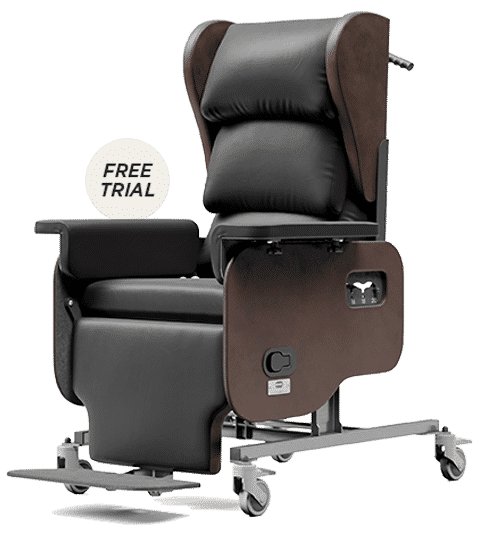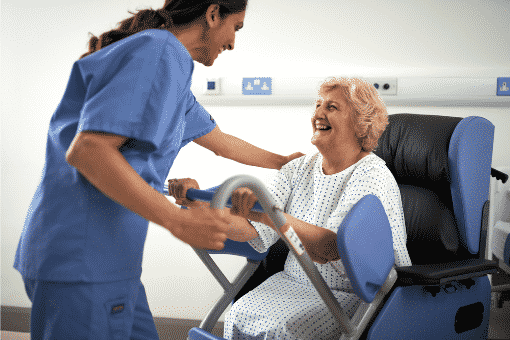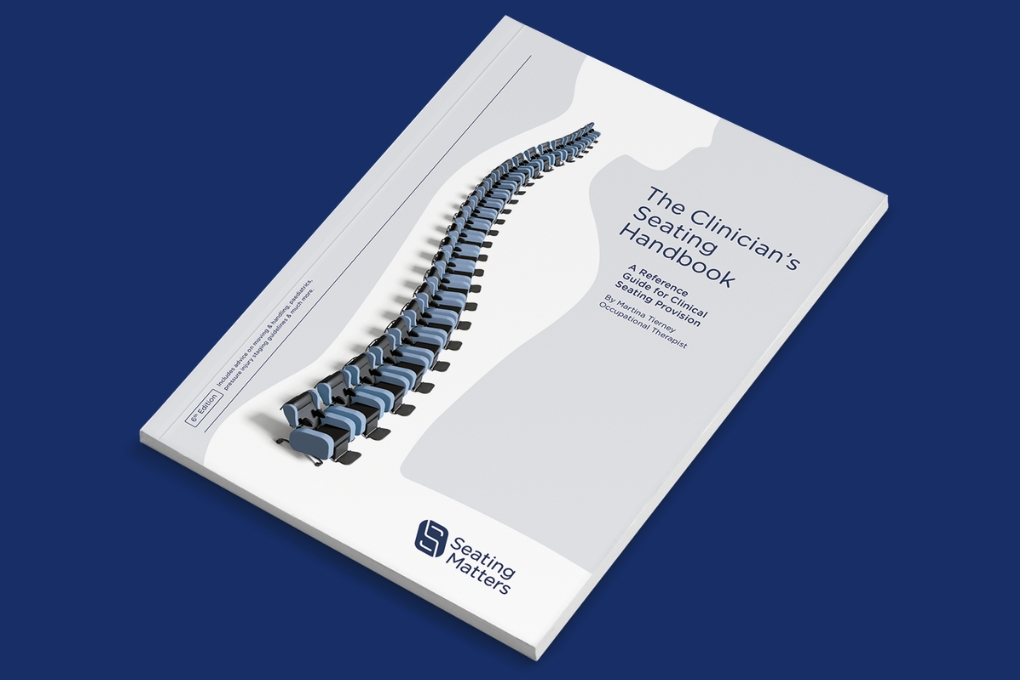Case Study (Monaco): 94-year-old patient (Rachel) – Arthritis & History of Falls
This case study is a real patient scenario. The images have been created from real photographs taken with permission. This is a real person in a real situation but illustrations have been used in order to protect their identity. Images & Content © Seating Matters 2024.
Background
- 94-year-old participant (Rachel)
- Arthritis in her left knee
- History of falls
- Mobilised with a walking frame
- Requires assistance for transfers from her caregivers
Problems with Old Chair
- The chair was not made to fit Rachel’s size, nor specially adjusted to suit her small frame and stature.
- The long seat depth and high seat height were causing Rachel to slide from the chair.
- Rachel was in a near horizontal position for long periods of the day.
- There was high pressure underneath small, bony load bearing areas like Rachel’s heels, sacrum, shoulders and the back of her head.
- This was a very uncomfortable position.
- The chair was a non-functional and limiting position for Rachel, who would otherwise have been independent and able to complete most activities of daily living with little assistance.
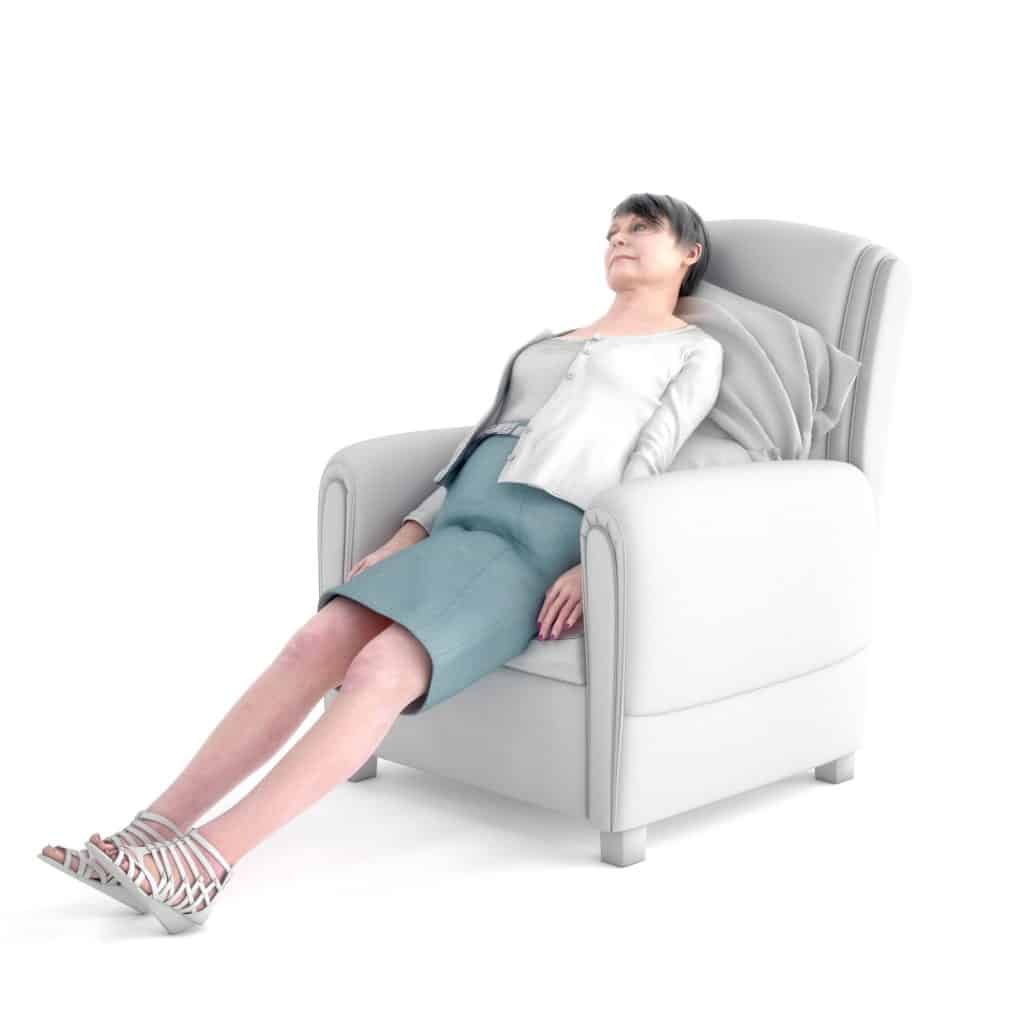
BEFORE
Rachel sitting in her old chair
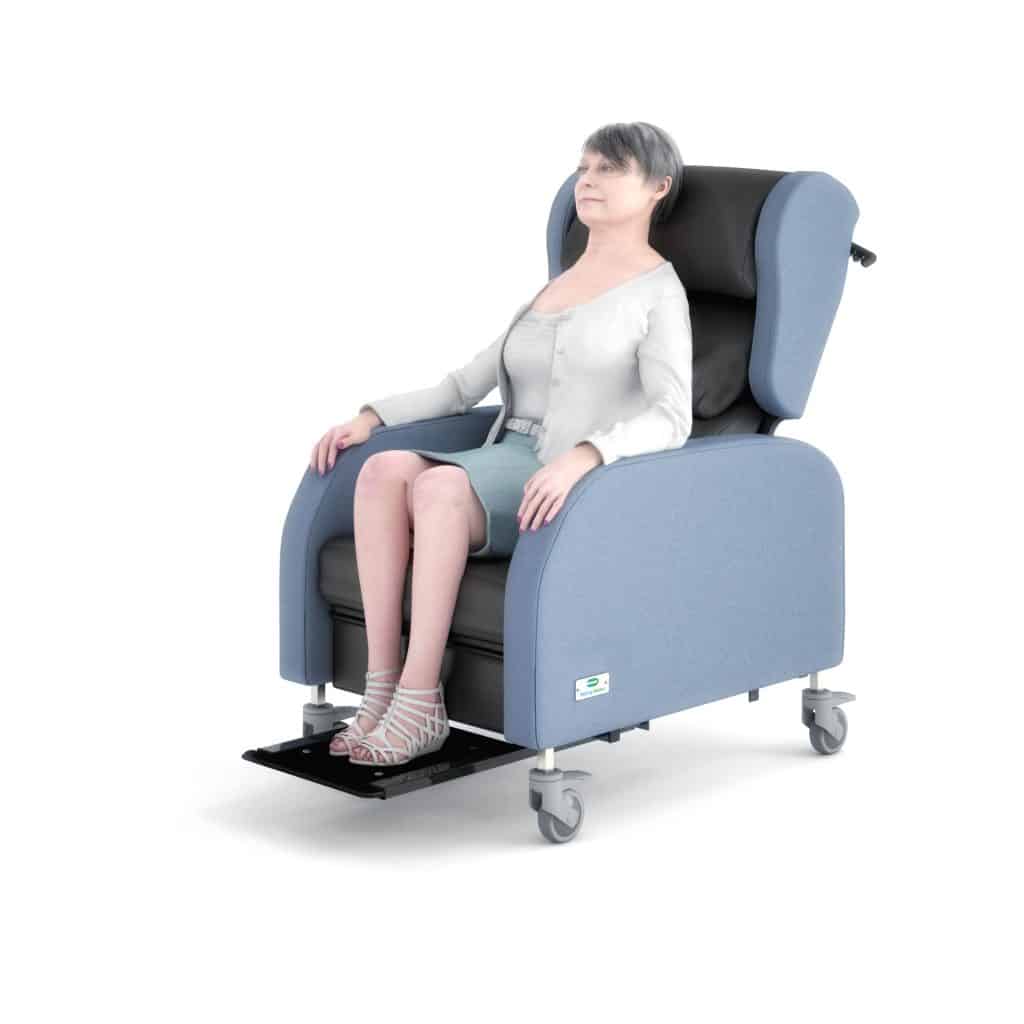
AFTER
Rachel sitting in a Monaco™
Caregiver Issues
The caregiver’s main frustrations were that, no matter how well they tried to position Rachel, she would always slide into the posture shown in the ‘Before’ image, ‘bracing’ herself in the chair with this extended position. It then became very hard to assist Rachel to stand as she could not position her feet behind her knees in a ‘ready stand’ position or use the armrests for propulsion and support.
Postural Issues
On assessment, it was found that Rachel had normal range of motion at her joints. She had no postural difficulties that would cause her to slide from the chair as she did. It was purely due to oversized seating that could not be adjusted to suit her needs.
Compensating
- Rachel often assumed an extended position and anchored her heels to the floor.
- She could also be seen to brace herself in the chair with her hands by holding onto the cushion.
- This significantly affected Rachel’s function and her ability to reach out for objects as she adopted this protective position.
- It was very difficult for Rachel to eat or drink from this position as her throat and neck were compressed and flexed, and not in the optimum position for consumption.
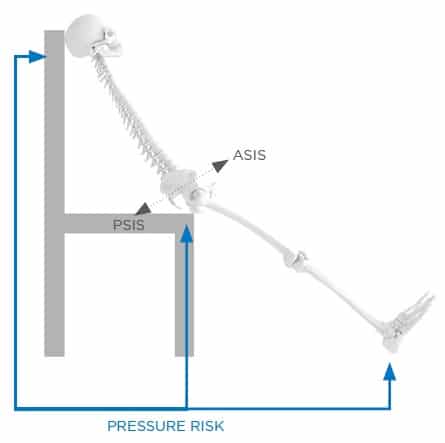
Intervention
In the assessment stage, it was identified that Rachel had few postural difficulties or complaints. Her joints were flexible and would be easily accommodated in a sitting position. She needed customised seating which would accommodate her small physique, while safely facilitating stand transfers and participation in other activities of daily living.
It was decided that she should use a Seating Matters Monaco™ chair.
Adaptation: The seat depth was adjusted to match her femoral thigh length and a 2-inch foam pad was secured to the sliding footrest to ensure her feet were loaded properly, concentrating her weight throughout the soles of her feet and not purely on her heels as before.
Results
Qualitative Client Feedback
Rachel described her new Monaco chair as “very comfortable” . She was delighted that she could now enjoy a scone and cup of tea easily without fear of spilling it on herself or choking.
Postural Changes
- Rachel no longer slid in a near-horizontal position.
- She was able to easily maintain her upright posture and recruit flexion at her knees and hips.
- This is a natural sitting position and exerted much less strain on her lower limbs and back muscles.
- Rachel’s pelvis was supported in a neutral position, which prevented any secondary complications or abnormal positioning of the spine or lower limbs.
Caregiver & Family Feedback
Rachel’s caregivers were delighted when she sat in her new chair. They felt that it was a ‘perfect fit’ and were happy to see Rachel in a much more comfortable position. In their words, “she looks like a new woman!”.
Prior to the provision of the Monaco™ chair, two caregivers were needed to assist Rachel to a standing position. By using the Monaco™, which improved her posture, this was reduced to one caregiver.
Functional Changes
Hand function
- Rachel was able to maintain an upright and functional position from which she could easily eat, drink and participate in many other activities.
- She no longer needed to brace herself in the chair and had regained free hand and arm function.
- The arm supports of the Monaco™ chair were also set at a height that suited her and, as is evident from the ‘AFTER’ image, she was able to use these for support and stability.
Transfers
- With the adjustable angle seat and with the help of correct positioning, Rachel was able to safely transfer to a standing position with minimal assistance of one caregiver.
- This was completed with a lot less strain on both Rachel and her caregivers and facilitated safe moving and handling techniques.
Impact on Skin
As a result of her almost horizontal position in the previous chair, Rachel was concentrating the majority of her weight in sitting over a smaller surface area and underneath bony prominences, such as the heels and sacrum. Since using the Monaco™ chair, which was made and adjusted according to her size, the risk of developing pressure injuries was significantly reduced as Rachel was spreading her weight over a larger surface area. Her feet were also loaded entirely through the footplate, which was made with the same pressure management materials as the seat.
Rachel’s story and other patient case studies are found in The Clinicians Seating Handbook. This practical guide by world-renowned OT, Martina Tierney will assist you in the prescription and use of therapeutic seating for patients with various conditions. It’s the best place to start.
*Note – the purpose of this blog is to give an overview of the product with some tips to consider on its use. This is not intended to be a substitute for professional or medical advice, diagnosis, prescription or treatment and does not constitute medical or other professional advice. For advice with your personal health or that of someone in your care, consult your doctor or appropriate medical professional.

